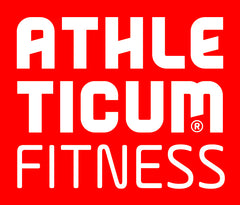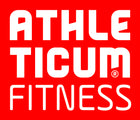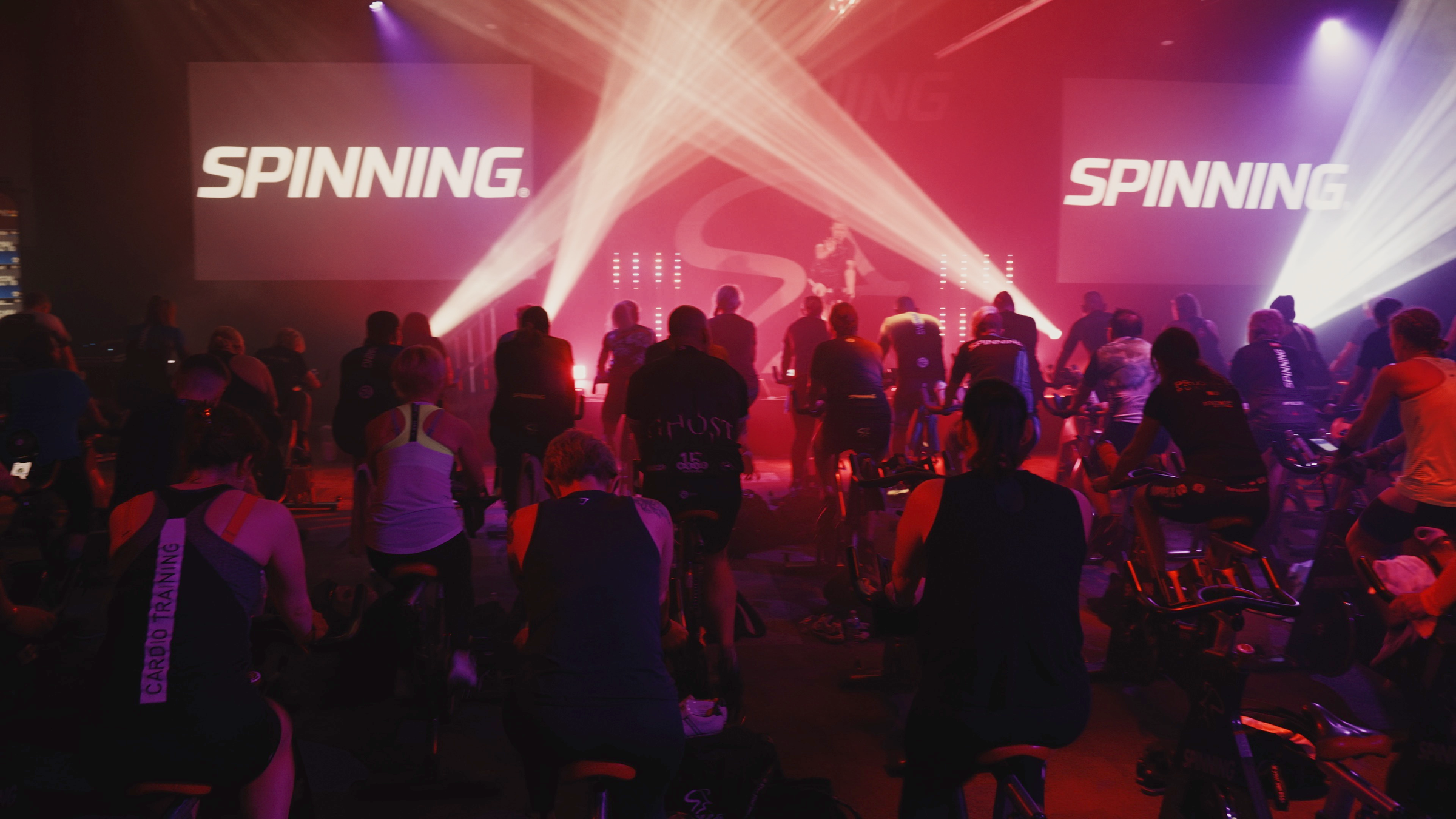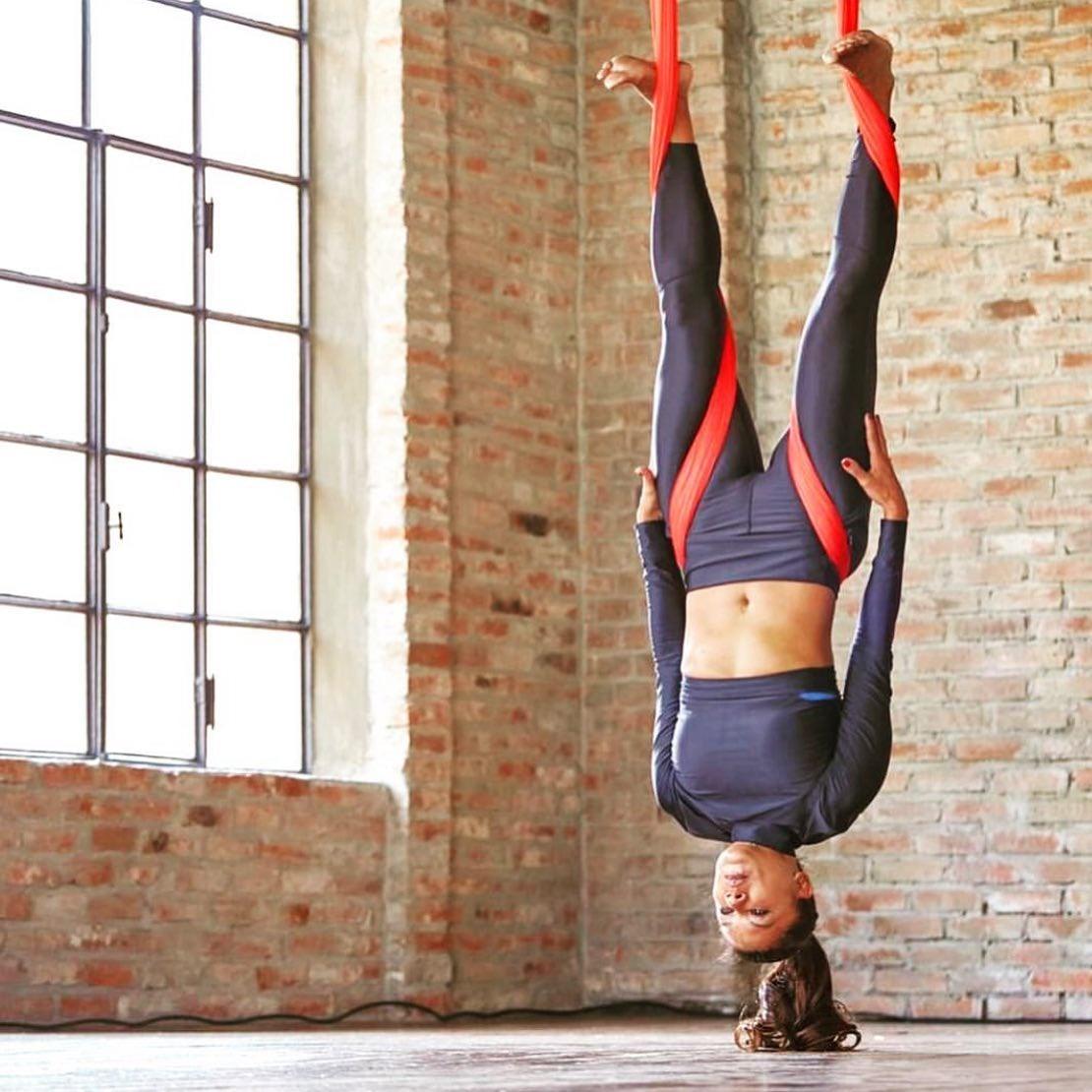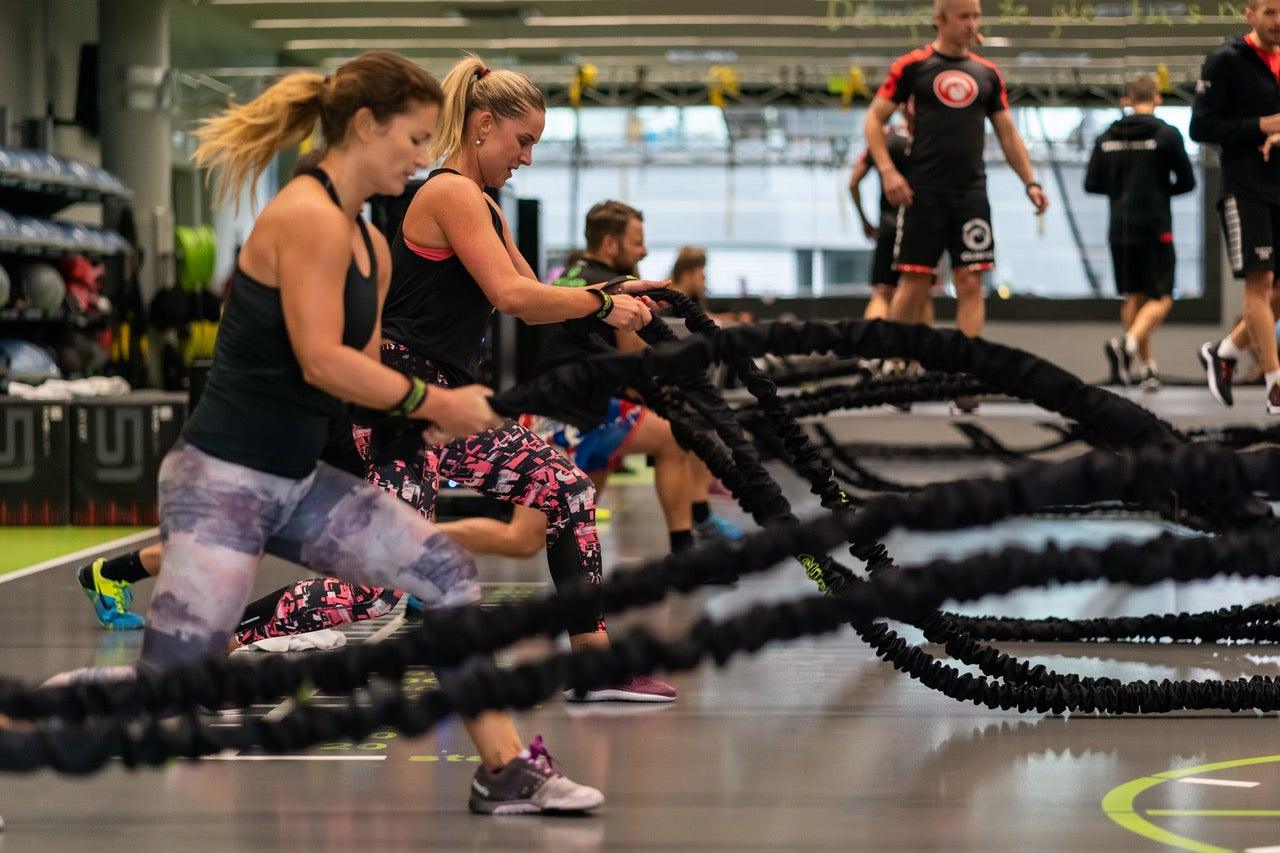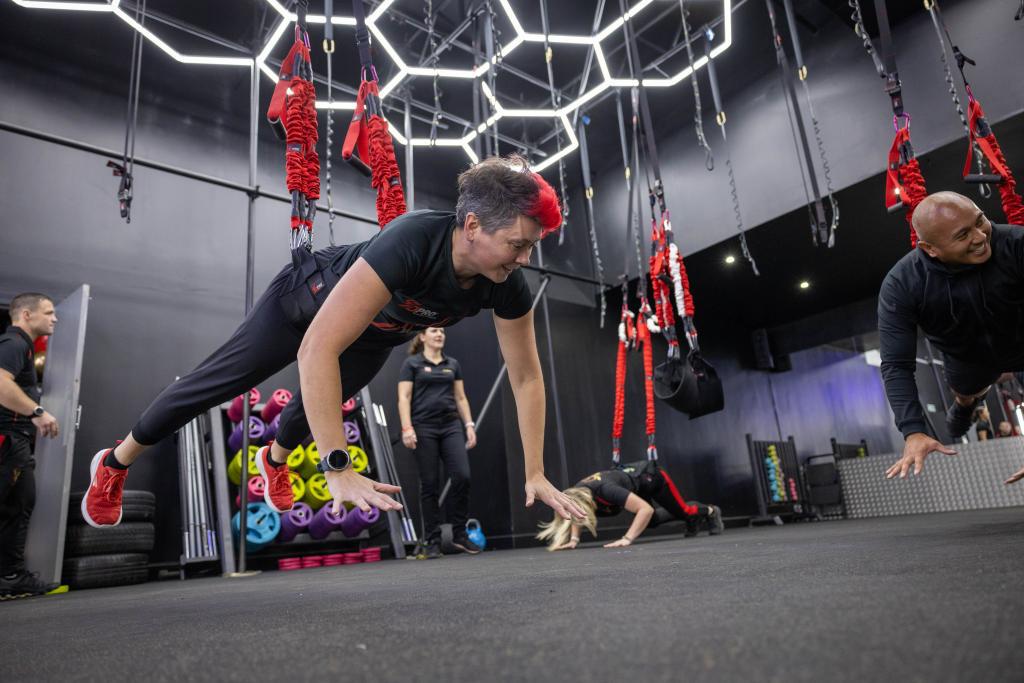Health Blog

According to legend, the sea god Poseidon and the goddess Athena competed to offer the most valuable gift to humankind. Poseidon presented the horse, while Athena gave the olive tree, under which all ancient Greek gods were said to be born. Due to its many uses—heat, food, medicine, and perfume—the olive tree was deemed the most precious gift. In honour of Athena's contribution, the most powerful city in Greece was named Athens.
Olive oil's reputation as a miracle cure has endured through the millennia. The olive tree's remarkable longevity and resilience, thriving even through harsh seasons, led to the belief that consuming olive oil could impart strength and youth. A recent study confirms the benefits of regular olive oil consumption: it reduces mortality from cancer and cardiovascular diseases. But its advantages don't stop there. Olive oil is not just a condiment; it is a true elixir of long life for health, with anti-inflammatory, antioxidant, and protective properties for the brain, bones, and body weight.

Regular physical activity extends life expectancy, primarily by reducing the risk of premature death from heart disease, thanks to exercise's protective effects on the heart.
Over three decades ago, researchers started using heart ultrasounds to see how regular exercise affects the heart without being invasive. This sparked numerous studies delving into the changes seen in what we now call "athlete's heart."
Initially, it was believed the heart getting bigger from training was no big deal, but now it is understood it can have serious health effects. This shift in thinking comes from using advanced imaging to better study athletes, revealing that extensive training can mess with the heart, imitating diseases, and posing risks like sudden death or disease progression.
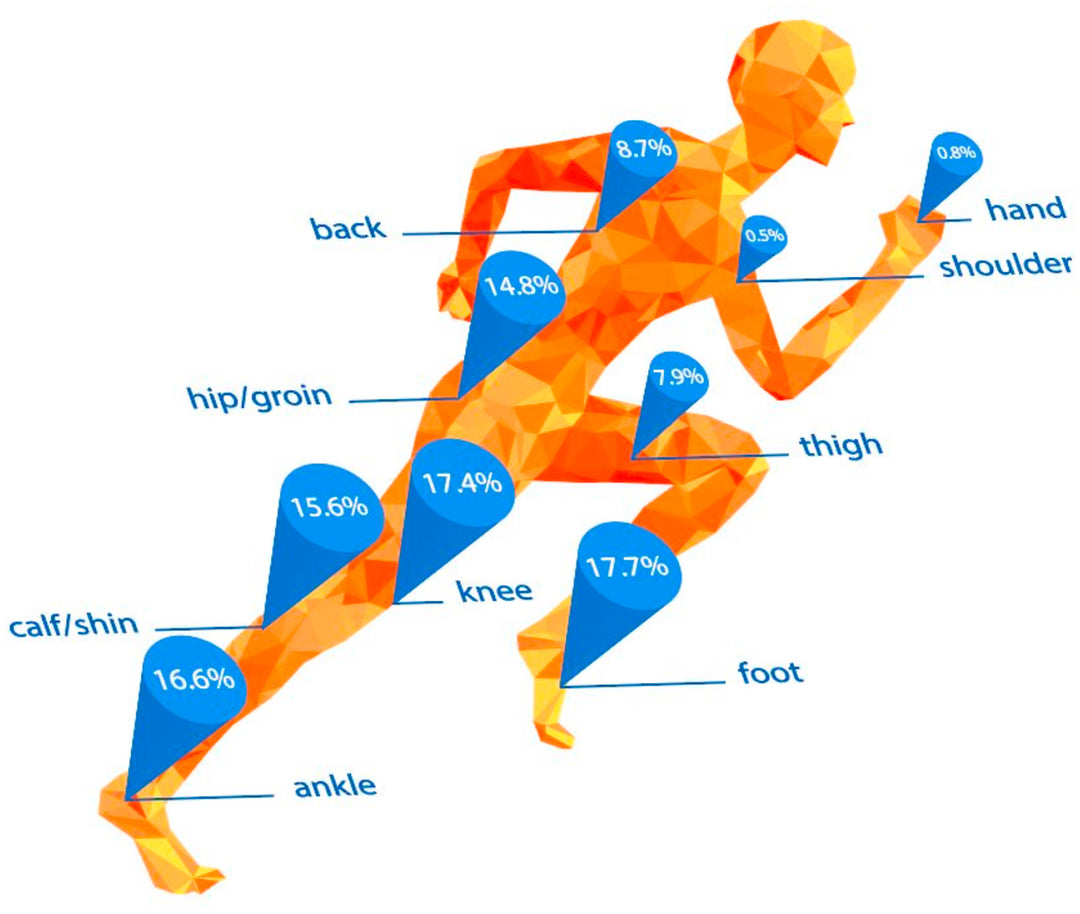
Over the past two decades, some documentation suggests potential advantages of resistance training for both competitive and recreational runners. There are observations of enhanced muscle strength and power, increased muscle mass, and potential improvements in athletic performance among individuals who engage in resistance training regimens. Additionally, there is suggestive evidence hinting that resistance training might have a role in reducing the risk of musculoskeletal injuries, with the possibility of mitigating their severity.
However, direct studies quantifying the exact reduction in injury rates due to resistance training are relatively scarce. Nonetheless, the physiological adaptations induced by such training on bone, connective tissue, and muscle imply a potential enhancement in injury resilience for those participating in such programs.
Original article published on Outside Online.
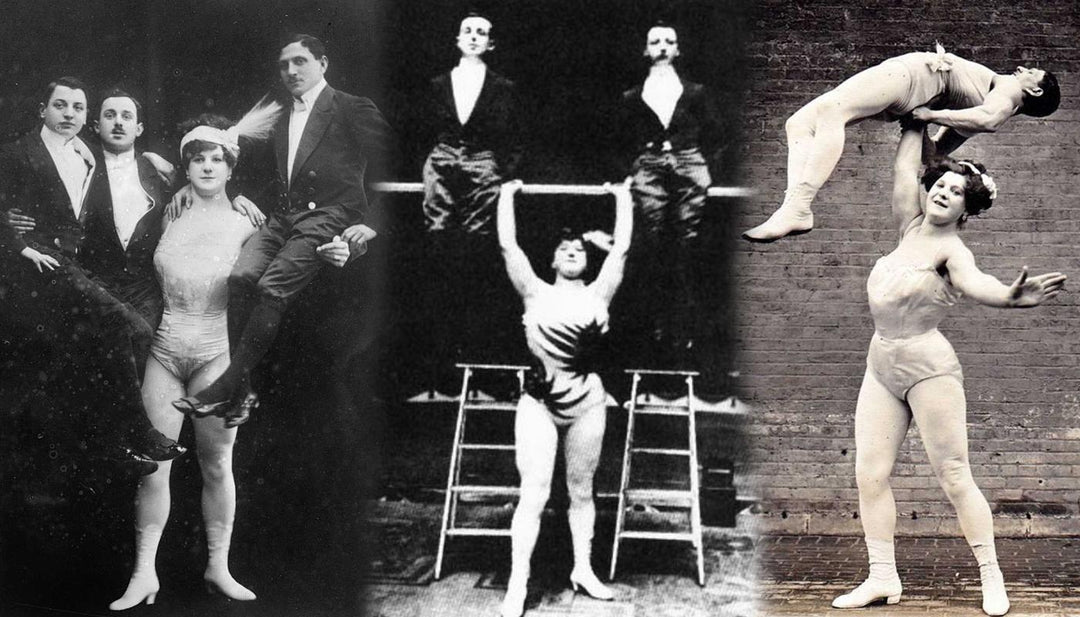
Female athletes are often perceived as less strong than men, with women's muscle strength typically ranging from 40 to 75% of men's, a difference that persists even when adjusting for body size. This gap is particularly notable in upper body strength but diminishes when considering muscle mass, where similarities between men and women emerge.
Despite similar muscle fiber counts, gender differences arise due to variations in muscle tissue type, body shape, and exercise routines. For instance, men may possess more fast-twitch muscle fibers suited for bursts of power. Recent studies highlight comparable leg muscle power between men and women, suggesting that strength and power are influenced not only by muscle size but also by factors such as muscle composition and neural control, encompassing aspects like muscle thickness and fibre angle.

In our health-focused society, a numerical approach is prevalent. Smartwatches play a role in quantifying steps, tracking daily activity, and generating fitness scores. Additionally, monitoring heart rate and sleep quality serves as metrics for assessing overall health. Medical professionals also embrace a numeric perspective, relying on measurements and equations to derive health scores, with the Body Mass Index (BMI) being a widely utilised metric. However, the BMI, a measure of the relationship between weight and height, is increasingly facing scrutiny, prompting experts to question its accuracy and the healthcare industry's reliance on it as a sole indicator of health and healthy weight.
